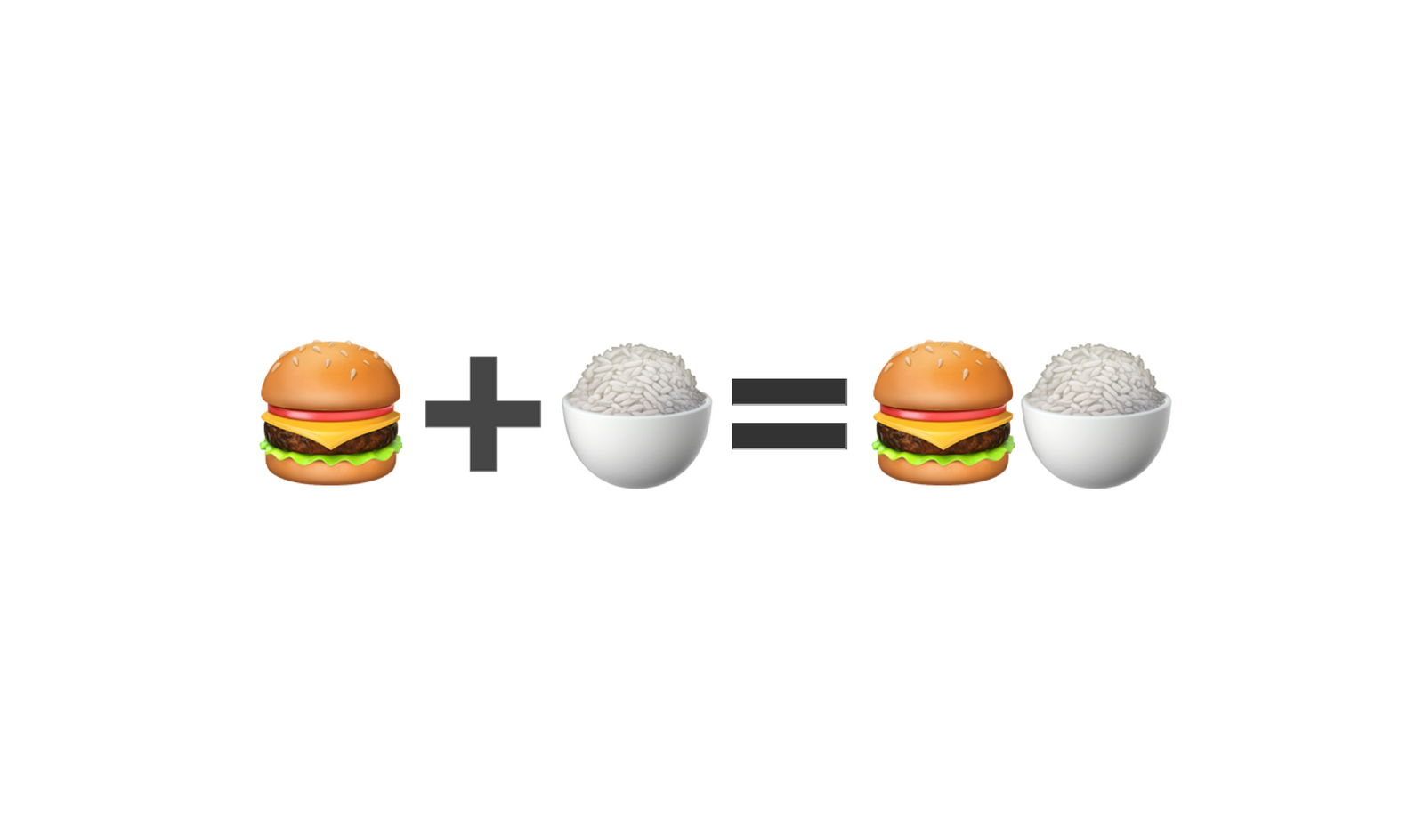By taking standard rice, coating it in a layer of fish gelatin and microbial transglutimase, immersing the grains in a nutrient bath seeded with beef muscle and fat cells, waiting for a week, then washing and cooking it, scientists were able to increase the protein content by a staggering nine percent. If you have trouble imagining such a minuscule quantity, the author of the article describing the process explains that it is the equivalent to one extra gram of beef for every one hundred grams of rice. Truly, we live in an age of wonders.
What I find strange about this is that combining beef and rice isn’t particularly difficult. Lots of people do it every day. In fact, by far the most read piece of writing I’ve ever done is my grandma’s recipe for hamburger rice. You can read it, but it’s straightforward enough that I can describe it in a few words: cook rice, saute beef, combine the two, and season with a splash of soy or worcestershire sauce. Add further seasonings and veggies as you see fit.
The recipe is so simple, even obvious, that I wonder if it is as much a permission structure as a guide. Perhaps people want reassurance that cooking can be so easy, that a couple commonplace ingredients really can make a completely satisfying meal.
Given this salutary reality, why would we want to trick rice into growing a skin of beef? I’m not at all sure. The researchers profiled in the article posit that it might be used to alleviate food insecurity or to feed soldiers in the field, but I don’t buy it. I suspect they actually just had the idea and thought it would be a cool experiment. And I guess it is cool, in a Frankenstein sort of way, but I don’t think it should be covered as anything more than an oddity; beef protein coated rice is not the food of the future.
While credulous articles about growing beef on rice aren’t a big deal (really, it is not going to show up in any supermarket, ever) they are symptomatic of a real myopia in coverage of the food system. The most humdrum, everyday aspects, the things that seem intuitively replaceable, are actually the most vital to the social function of food.
When I think of a special family meal, I first imagine a Thanksgiving or Christmas feast. But when I reflect a moment longer about what food actually defines my family, it’s much simpler fare. It is the modest, day-to-day foods more than the extravagant dishes that actually make a food culture. The chain of memory and association is forged of the mundane, not the exceptional.
Which makes the cavalier way we treat the loss of the humble ritual of making a simple meal troubling. To the extent that fast food or prepackaged convenience foods come under scrutiny in the popular press it is for their impact on physical health, not what they might do to our individual and collective identities. What does it mean to put one of the defining activities of human life behind us?
These are obviously fraught topics, involving time, resources, the allocation of domestic work, and so on. All I’m saying is that it is strange to read article after article about growing beef protein on rice, lab-grown meat, “healthy” fast food, or whatever other novelty aims to revolutionize our diets, without any apparent curiosity as to whether it might be better for more of us to thaw some ground beef and put a pan on the stove


2 comments
Or when they ban gas cooking, learn how to make steak tartar.
The words hamburger and rice conjure up memories of my mom, “grandma” and Tuesday lunch.